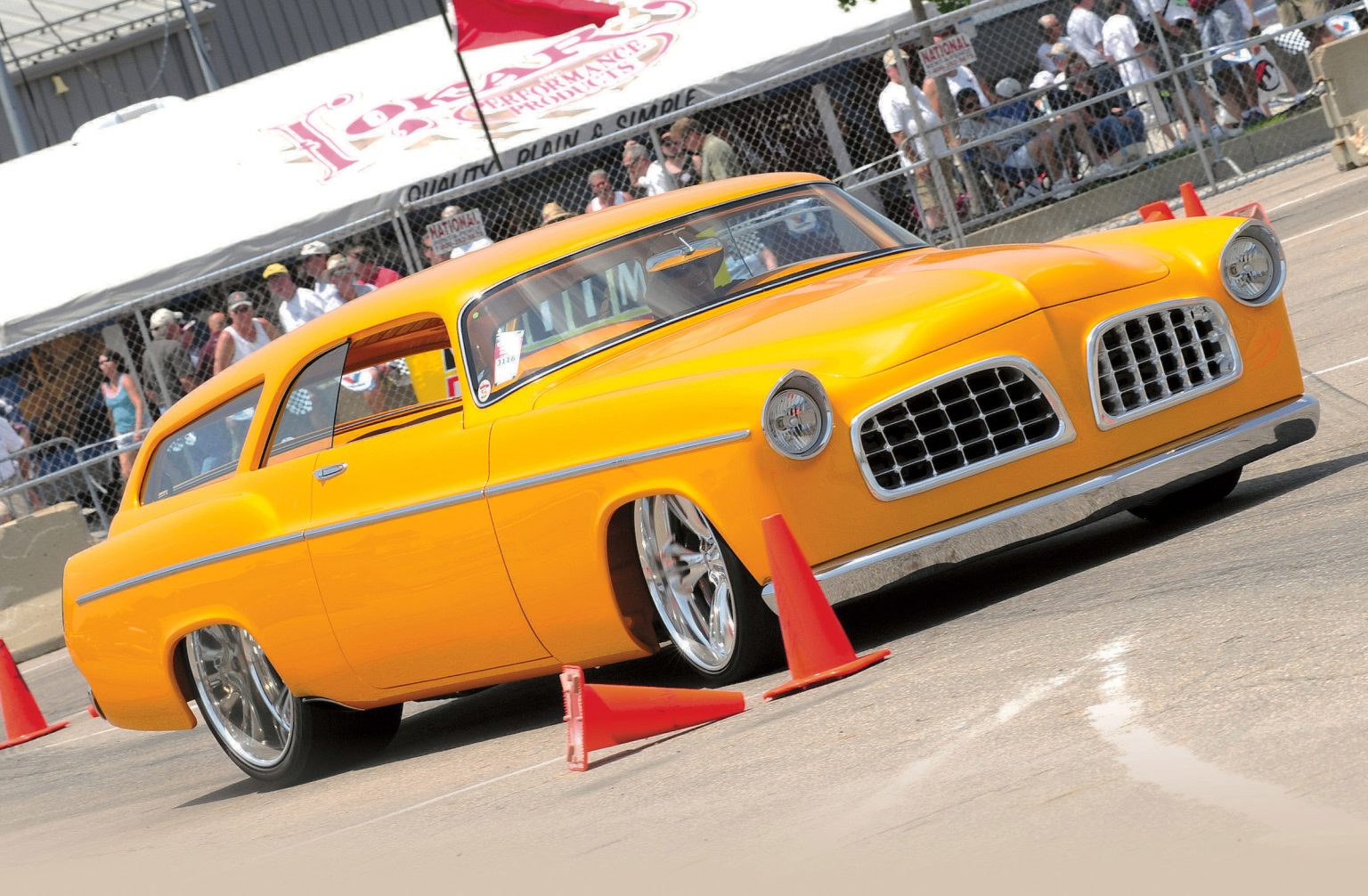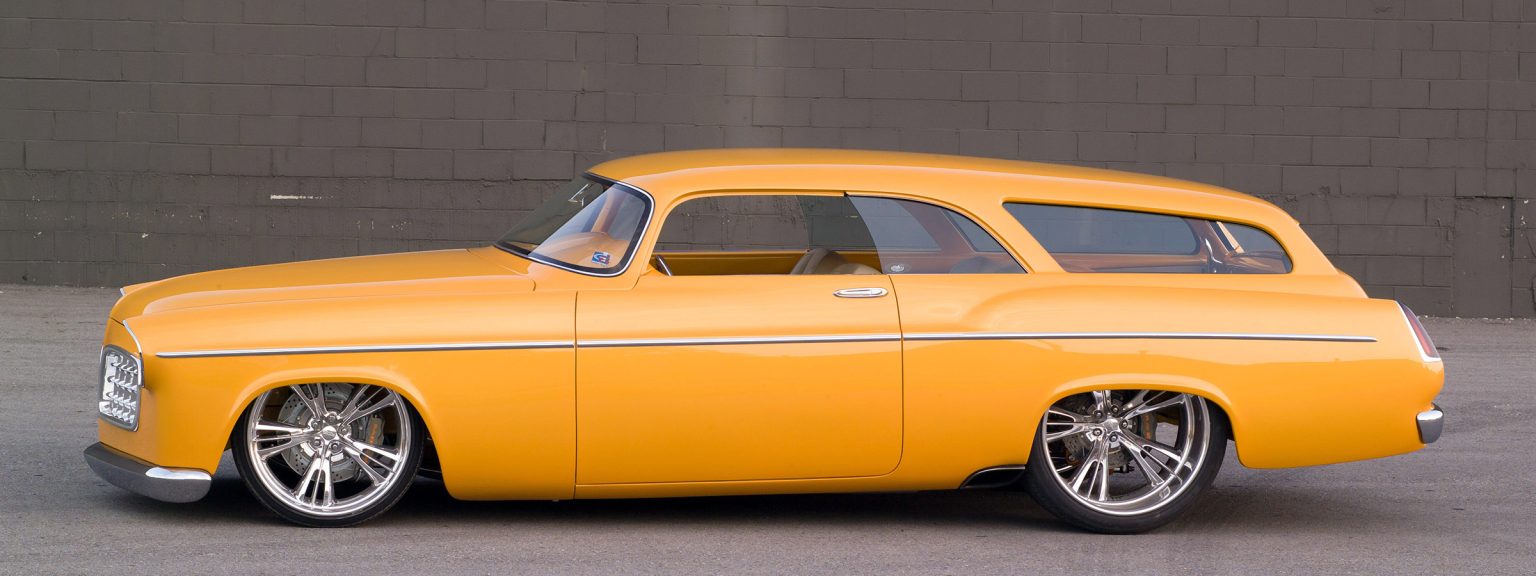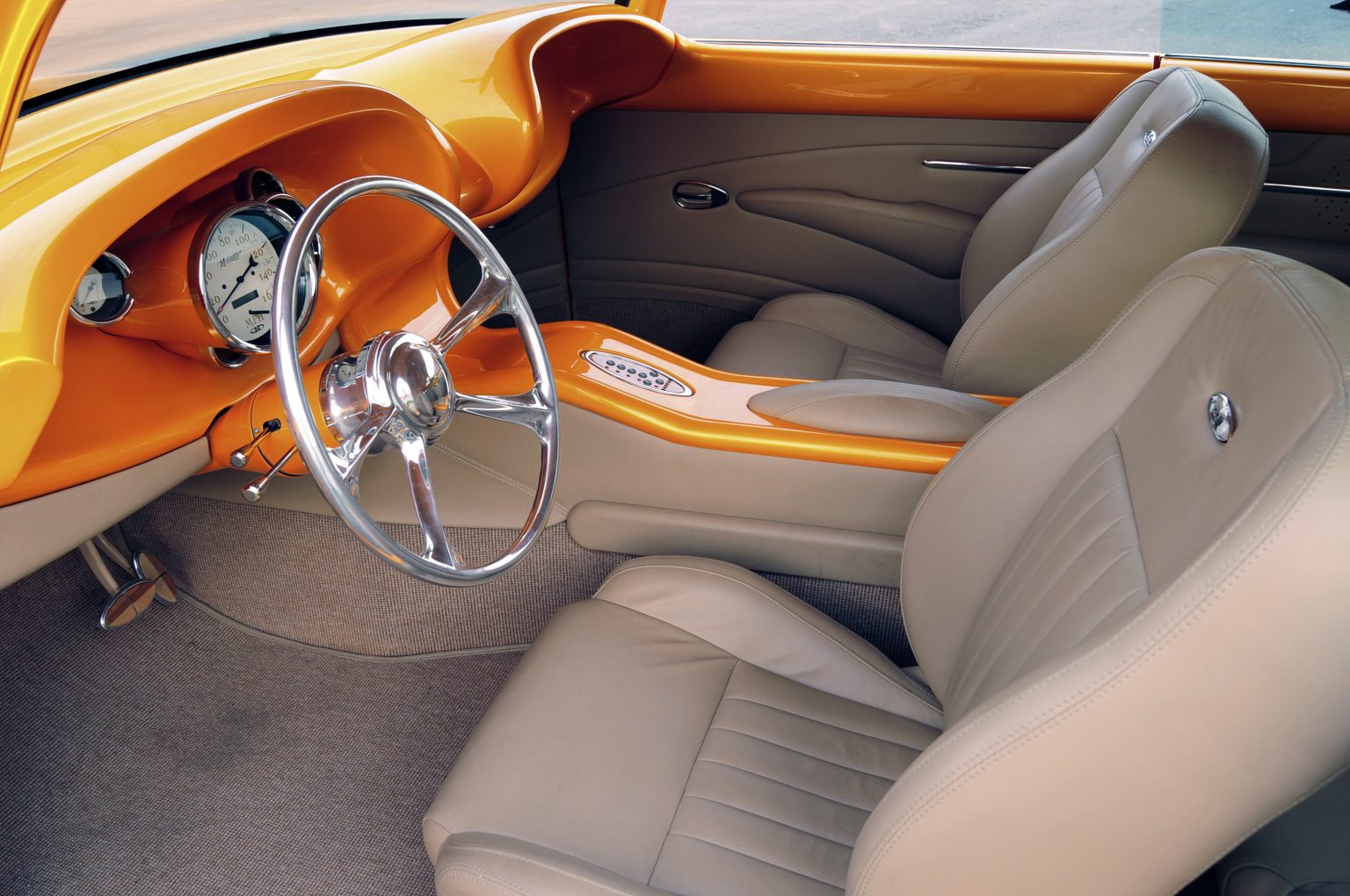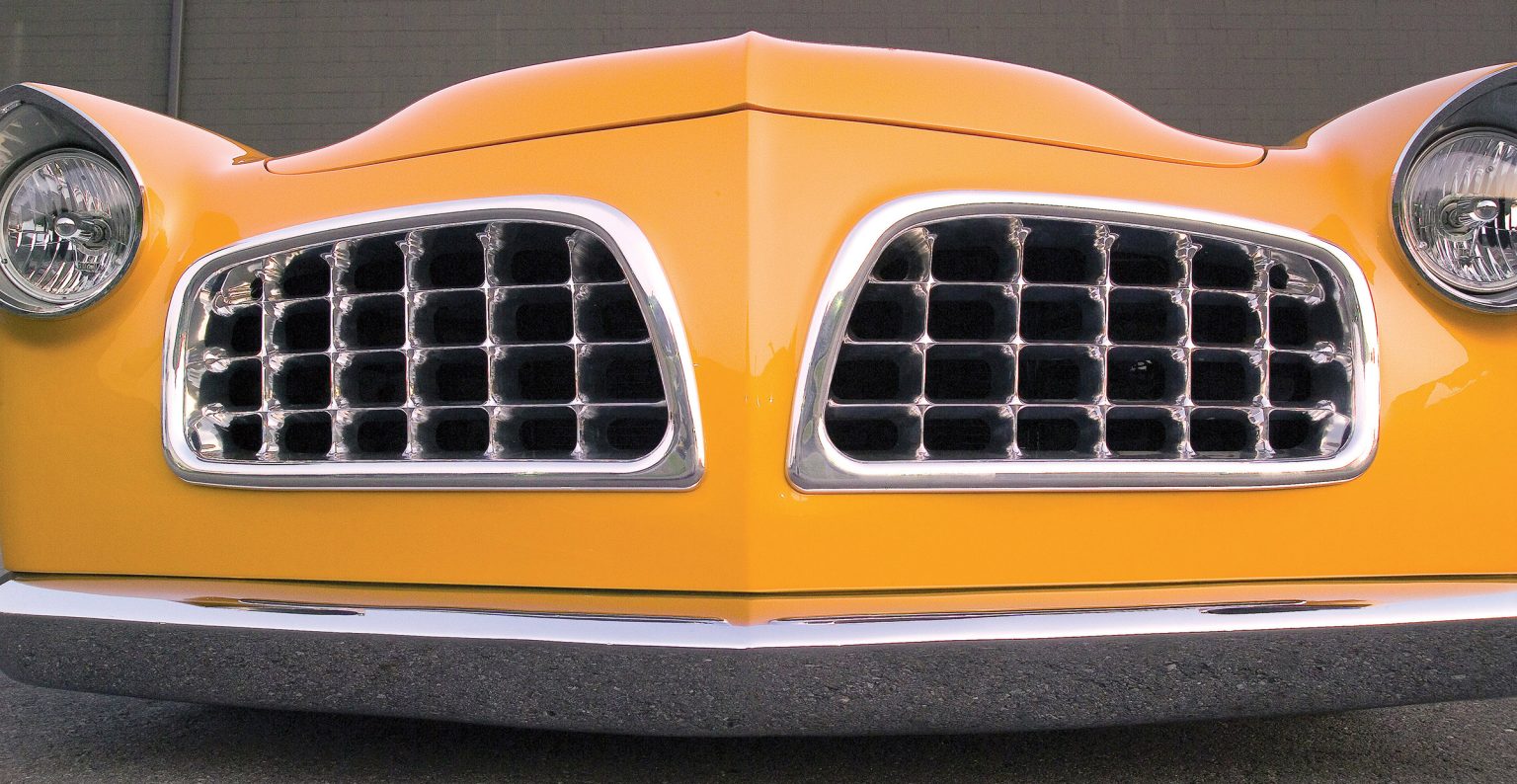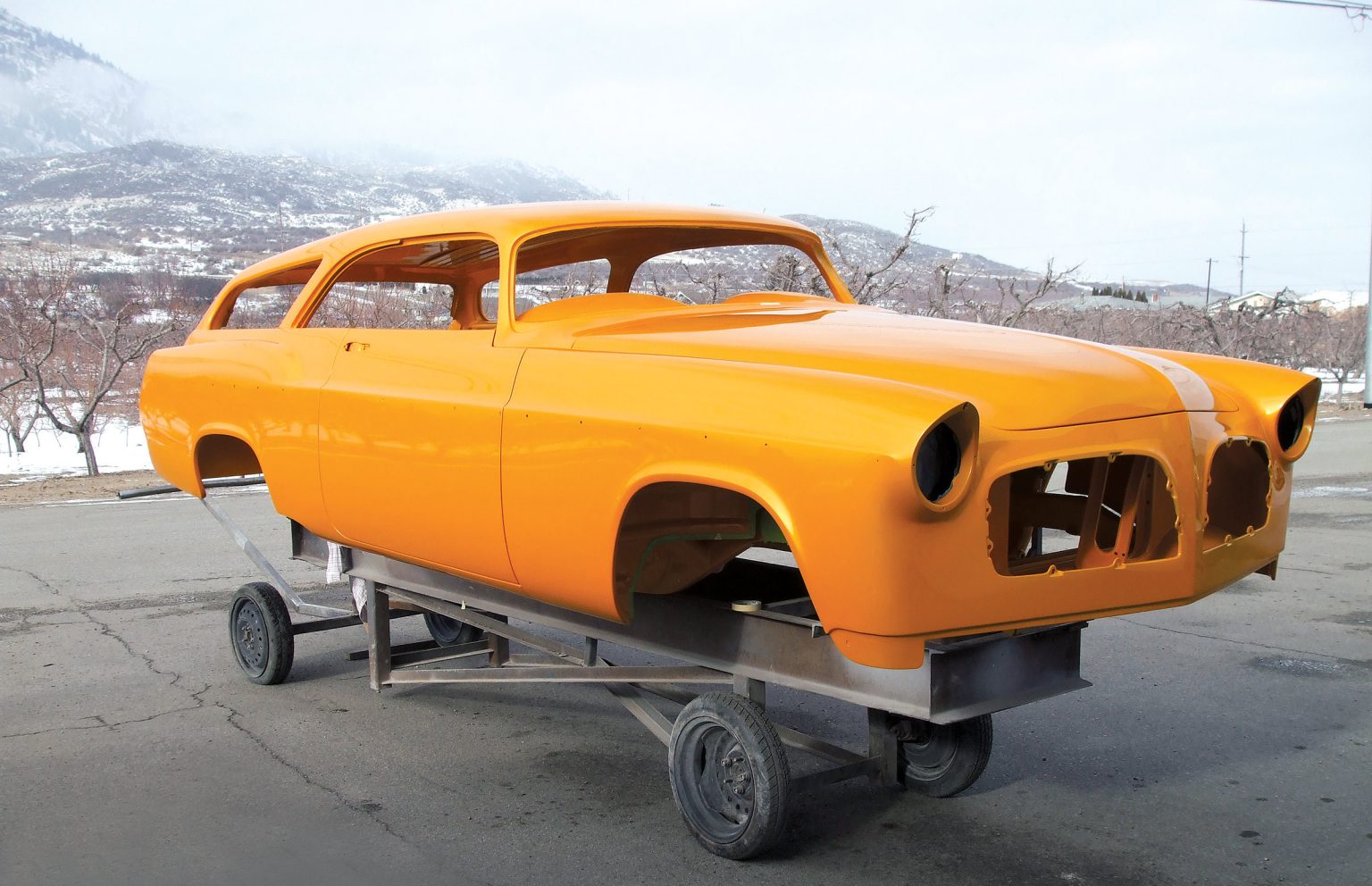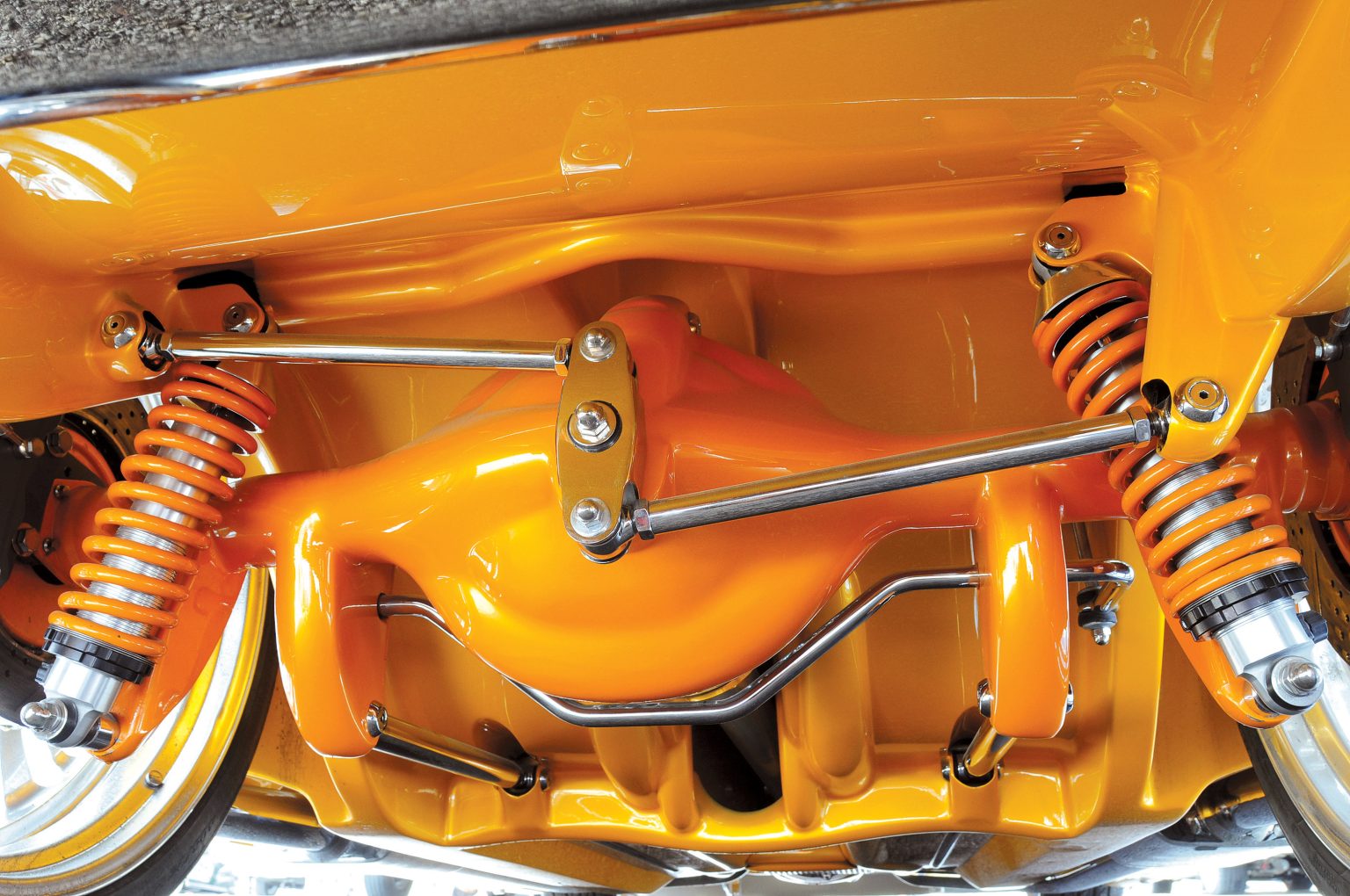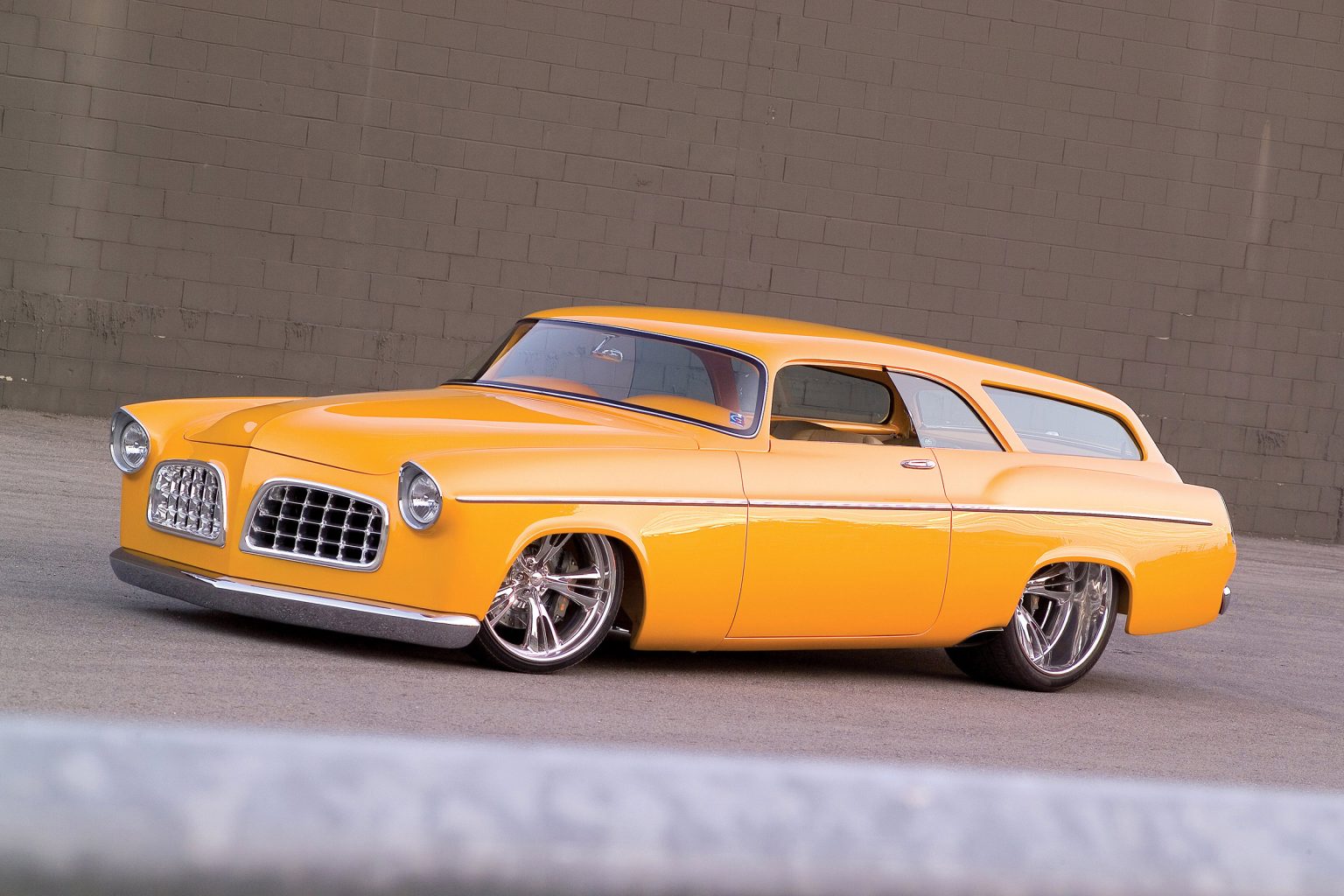
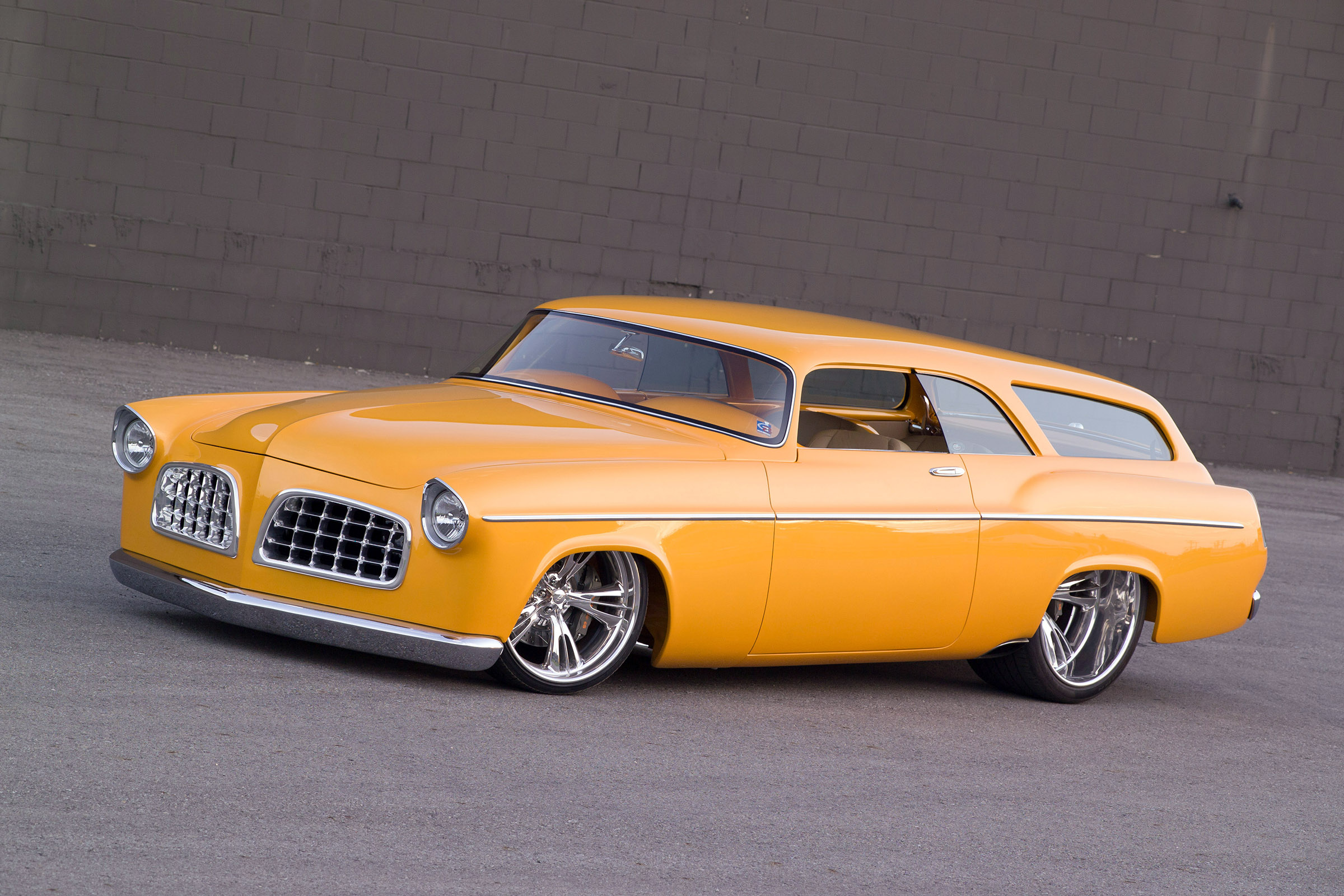

THE AUTO BUILDER
Featured
- All Post
- 20 High Priority - SR Super Rod
- Builds
- 25 High Priority - FB Ford Builder
- Cars
- 30 High Priority - AR American Rodder
- 01 Post Status
- 35 High Priority - RD Rodders Digest
- 40 High Priority - OTR On the Road
- 45 High Priority - SRB Street Rod Builder
- 50 High Priority - TB Truck Builder
- 55 High Priority - BSCENE Buckaroo Scene
- 60 High Priority - FPB Family Power Boat
- Trucks
- Swaps
- Performance Boats
- _000 Home Sliders
- Builders
- 00 Sidebars
- Manufacturers
- 05 High Priority - HCI Hot Compact Imports
- 05 Publications
- 10 High Priority - CR Chevy Rumble
- Back
- Chassis
- Engine
- Fuel System
- Electrical
- Exhaust
- Transmission / Drivetrain
- Suspension
- Steering
- Brakes
- Wheels and Tires
- Interior
- Exterior
- Accessories
- Power Adders
- Back
- Chassis
- Engine
- Fuel System
- Electrical
- Exhaust
- Transmission / Drivetrain
- Suspension
- Steering
- Brakes
- Wheels and Tires
- Interior
- Exterior
- Accessories
- Power Adders
- Back
- Chassis
- Engine
- Electrical
- Exhaust
- Fuel System
- Transmission / Drivetrain
- Suspension
- Steering
- Brakes
- Wheels and Tires
- Interior
- Exterior
- Accessories
- Power Adders
- Back
- Chassis
- Engine
- Electrical
- Exhaust
- Fuel System
- Transmission / Drivetrain
- Suspension
- Steering
- Brakes
- Wheels and Tires
- Interior
- Exterior
- Accessories
- Power Adders
- Back
- Chassis
- Engine
- Fuel System
- Electrical
- Exhaust
- Transmission / Drivetrain
- Suspension
- Steering
- Brakes
- Wheels and Tires
- Interior
- Exterior
- Accessories
- Power Adders
- Back
- Chassis
- Engine
- Fuel System
- Electrical
- Exhaust
- Transmission / Drivetrain
- Suspension
- Steering
- Brakes
- Wheels and Tires
- Interior
- Exterior
- Accessories
- Power Adders
- Back
- Chassis
- Engine
- Fuel System
- Electrical
- Exhaust
- Transmission / Drivetrain
- Suspension
- Steering
- Brakes
- Wheels and Tires
- Interior
- Exterior
- Accessories
- Power Adders
- Back
- Engine
- Fuel System
- Electrical
- Outdrives
- Steering
- Interior
- Accessories
- Power Adders
- Exterior and Hull
- Back
- Chassis
- Engine
- Electrical
- Exhaust
- Fuel System
- Transmission / Drivetrain
- Suspension
- Steering
- Brakes
- Wheels and Tires
- Interior
- Exterior
- Accessories
- Power Adders
- Back
- Chevrolet
- Cadillac
- Pontiac
- AMC
- Buick
- Jeep
- Lincoln
- Ford
- Honda
- GMC
- BMW
- Mitsubishi
- Dodge
- Nissan
- Chrysler
- Subaru
- Toyota
- Plymouth
- Mercury
- Volvo
- Volkswagen
- Oldsmobile
- Acura
- Back
- 05 Pub HCI Hot Compact Imports
- 15 Pub 4x4 4x4 Builder
- 20 Pub SR Super Rod
- 25 Pub FB Ford Builder
- 30 Pub AR American Rodder
- 35 Pub RD Rodders Digest
- 40 Pub OTR On the Road
- 55 Pub BSCENE Buckaroo Scene
- 10 Pub CR Chevy Rumble
- 50 Pub TB Truck Builder
- 60 Pub FPB Family Power Boat
- 45 Pub SRB Street Rod Builder
- Back
- Chip Foose
- Ring Brothers
- Jack Fuller
- Bob Cullipher
- Jerry Nichols
- Bobby Alloway
- Jesse James
- Carl Casper
- J.F. Launier
- Steve Sellers
- Boyd Coddington
- Rad Rides by Troy
- Cal Auto Creations
- George Barris
- West Coast Customs
- Back
- Street Rods
- Hot Rods
- Late Model
- Drag Race
- Handling
- Compact Cars
- Chassis
- Engine
- Fuel System
- Electrical
- Exhaust
- Transmission / Drivetrain
- Suspension
- Steering
- Brakes
- Wheels and Tires
- Interior
- Exterior
- Accessories
- Power Adders
- Chassis
- Engine
- Fuel System
- Electrical
- Exhaust
- Transmission / Drivetrain
- Suspension
- Steering
- Brakes
- Wheels and Tires
- Interior
- Exterior
- Accessories
- Power Adders
- Chassis
- Engine
- Electrical
- Exhaust
- Fuel System
- Transmission / Drivetrain
- Suspension
- Steering
- Brakes
- Wheels and Tires
- Interior
- Exterior
- Accessories
- Power Adders
- Chassis
- Engine
- Electrical
- Exhaust
- Fuel System
- Transmission / Drivetrain
- Suspension
- Steering
- Brakes
- Wheels and Tires
- Interior
- Exterior
- Accessories
- Power Adders
- Chassis
- Engine
- Electrical
- Exhaust
- Fuel System
- Transmission / Drivetrain
- Suspension
- Steering
- Brakes
- Wheels and Tires
- Interior
- Exterior
- Accessories
- Power Adders
- Chassis
- Engine
- Fuel System
- Electrical
- Exhaust
- Transmission / Drivetrain
- Suspension
- Steering
- Brakes
- Wheels and Tires
- Interior
- Exterior
- Accessories
- Power Adders
- Back
- 05 Post Imported
- 20 Post Missing Images (All)
- 25 Post Missing Images (Partial)
- 15 Post In Progress
- 30 Post Internal Review
- 40 Post On Hold
- 50 Post Approved
- 10 Post Images Imported
- 17 Post Missing TXT Files
- 18 Post Missing PDF Files
- 27 Post Missing Content
- Back
- Chassis
- Engine Swaps
- Interior Swaps
- Driveline
- Back
- Street Trucks
- OffRoad Trucks
- Chassis
- Engine
- Fuel System
- Electrical
- Exhaust
- Transmission / Drivetrain
- Suspension
- Steering
- Brakes
- Wheels and Tires
- Interior
- Exterior
- Accessories
- Power Adders
- Chassis
- Engine
- Fuel System
- Electrical
- Exhaust
- Transmission / Drivetrain
- Suspension
- Steering
- Brakes
- Wheels and Tires
- Interior
- Exterior
- Accessories
- Power Adders
- Back
- 01 Sidebar Left
- 01 Sidebar Right
Spotlighter
POPULAR READS
CANADIAN R’EVOLUTION
Fifty Years of Change Unite in Artistic Excellence
Author

Stephen K. Anderson
Photography by Josh Mishler
Since coming onto the rodding scene a few years ago, Launier has made a lasting impression on fellow builders and recognized designers, including Chip Foose, who lent his help to this project. Launier also has landed his share of top awards, including the Goodguys West Coast Custom of the Year, and he was a Great 8 finalist for the Don Ridler Memorial Award at the 2008 Detroit Autorama.
One look at this extreme stretch of automotive imagination and you know it’s far more than an exercise in customizing, as every aspect of this ’55 Chrysler wagon was planned as part of a larger, overall goal to bridge gaps realized over the last half century. By name alone, R’Evolution is conceptually unique, as it borrows from Chrysler’s current lineup, lending modern contours of the current Dodge Magnum wagon to one of the less celebrated cars of its time, a ’55 DeSoto two-door hardtop. Yet, thanks to Launier’s insightful vision and hands-on capability, this car has taken its place among the most talked-about super rods in recent times.
Born of simple beginnings—from wrecking-yard remnants—the progression of this car is nothing short of amazing, especially considering the exceptional qualities displayed in every molded corner, every refined element from nose to tail. Beyond the overall concept, myriad details define this car, each unique with its own appeal and all united in a larger expression of creativity over a relatively short period of 11 months.
After expending something in the neighborhood of 10,000 hours cutting, contouring, welding and smoothing the body contours, fabricating the chassis and refining the drivetrain, Launier’s vision was finally realized on setup night at Cobo Center. As it was unveiled, everyone quieted down, especially those who had been closely involved with this creation during the final assembly, including close relatives, friends, mentors and others who knew they were part of something special. Fully realizing their achievement for the first time under the auditorium lights,
Launier and his team viewed R’Evolution from up in the bleachers, mindful that most of the challenges that led up to its final form would never be fully appreciated by the crowd or even the show judges. Still, each of them knew Launier’s creative goals were fulfilled.
Rather than straining for words that describe the many intricacies expressed through Launier’s considerable talents, we’ve gathered a succession of images highlighting some of the procedures. Through these small snippets, the lengthy and often grueling assembly process will be easier to comprehend, as will an amazing machine that resembles few and inspires many.
With an understanding of what it takes to bring a creative expression to this level, it’s easier to appreciate everything this artful expression displays. This is a vehicle that never was, it celebrates a part of automotive history, and it looks as good today as the elements of those cars it represents did so many years ago. Without question, R’Evolution is one of the most radical expressions of automotive freedom, wonderfully expressed through a young visionary who is making his mark. This is super rodding at its best, and a sign of what’s to come from one who has just begun.
GREAT DRIVER
While many details set this Chrysler wagon apart from other Great 8 finalists, it’s probably the only one that’s driven our highways and run numerous laps around the Goodguys autocross in Columbus, Ohio. Even a short trip can damage months of exquisite fabrication and detailing, but Launier was left with no other choice but to drive between his hotel and the fairgrounds, sweating every minute of the drive!
Old-school style mimics vintage 426 Hemis, with Hilborn electronic injection breathing through stepped stacks along the hood line. The slick valve covers conceal this 5.7-liter’s modern lineage, as well as its improved reliability. Chip Foose configured his “Hemisfear” with this engine before giving it to Launier. United through numerous contours, the EFI loom runs through a centered extension of the firewall sitting stationary between the intake stacks.
BODY EQUATION
INTERIOR DEVELOPMENT
Steel tubing and sheetmetal panels were used to form the console and the twin dash pods rising high on either side. This gives you a good look at how the structure actually provides the foundation for these exaggerated contours. After this aspect of the interior was completed, other elements of the dash were constructed, including the fascias for gauges and other details.
MILLED & GRILLED
Milled from billet stock, these grille inserts required a great deal of time on a CNC milling center. Just designing the
program took hours, but it was worth it.
FRAMEVOLUTION
Rather than working over an original chassis from one of the donor cars, Launier decided a mandrel-bent rectangular-tube frame from Art Morrison would best serve his requirements. A 9-inch Ford axle housing is positioned between a rear-mounted Watts link. Lower control arms running from the rear crossmember and coilover shocks make up an extremely capable combination.
To increase the stiffness of the lengthy body as well as the chassis, the frame was welded into the body, unitizing the two into a single, solid structure capable of withstanding powerful cornering forces while at the same time preventing the body from distorting and damaging the paint. Yet, this was just the beginning, as every inch will be hidden beneath sheetmetal.
IN THE DETAILS
Although many different aspects of this car capture the imagination, the body itself holds the most secrets. The hood, roof, floors, front fenders and quarter panels have been double-skinned to conceal unwanted visual details, while all the other contours have been molded into a single flowing line. Luscious layers of Hot Hues Revolutionary Yellow complete this effort.
Riding on the edge of extreme, Launier’s R’Evolution employs some of the most imaginative modifications to date, many of which go unseen because they are tucked away beneath other layers of craftsmanship.
BOTTOM TO TOP
A great deal of time went into forming the underbody, and it was well spent. Launier wanted the various contours to be pronounced and yet flow together in a way that few other cars have displayed. This is especially evident where the rocker moldings seamlessly join with the frame from behind the front wheel wells to the rear bumper, and it’s all been tastefully done in steel!
Every inch of this wagon was reworked with absolute precision, as can be seen around the tailgate where the bumpers and rear panels blend perfectly.
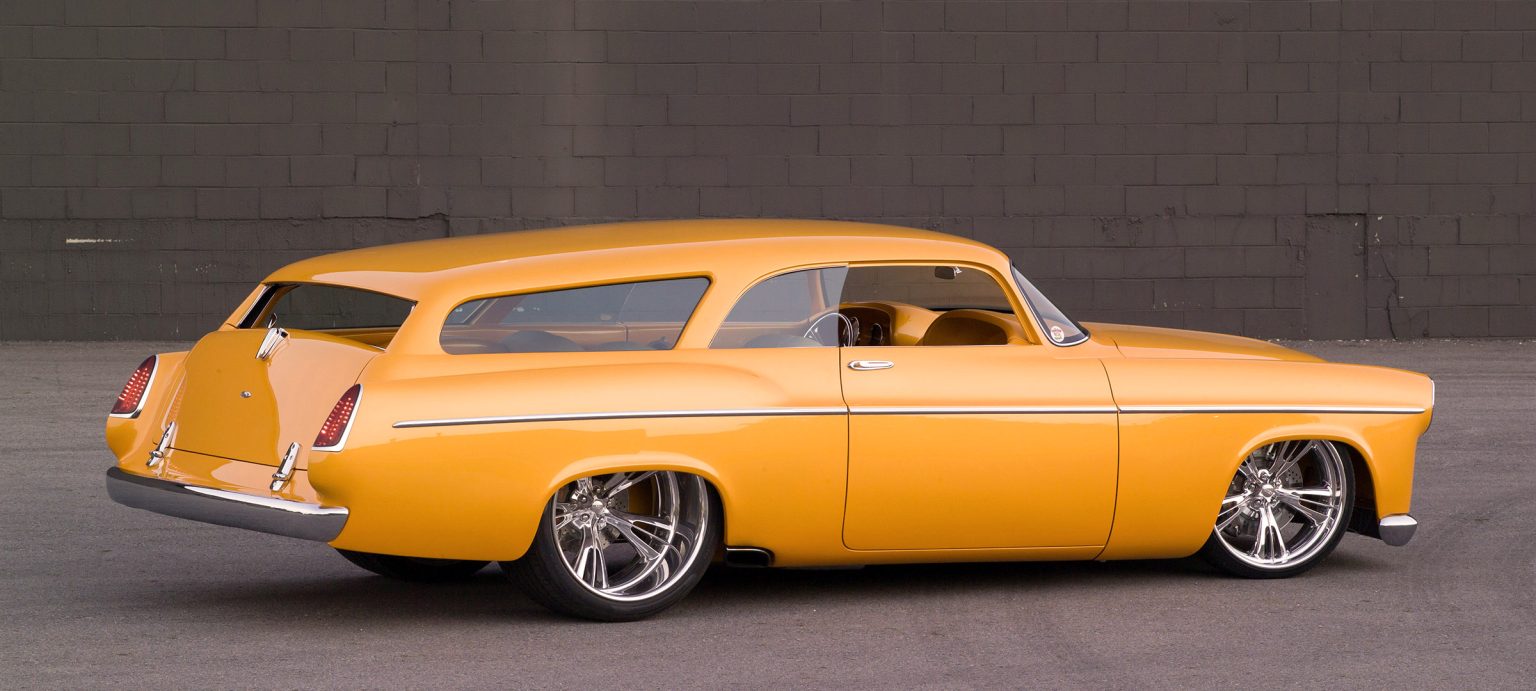
ARTICLE SOURCES
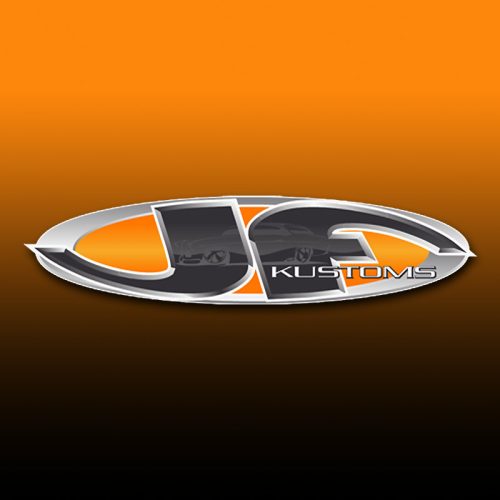
JF Kustoms
28 Empire St, Osoyoos, British Columbia V0H 1V5
1-778-437-2204













